Blog
At Home with Nature: Phenology Journal (All Ages)
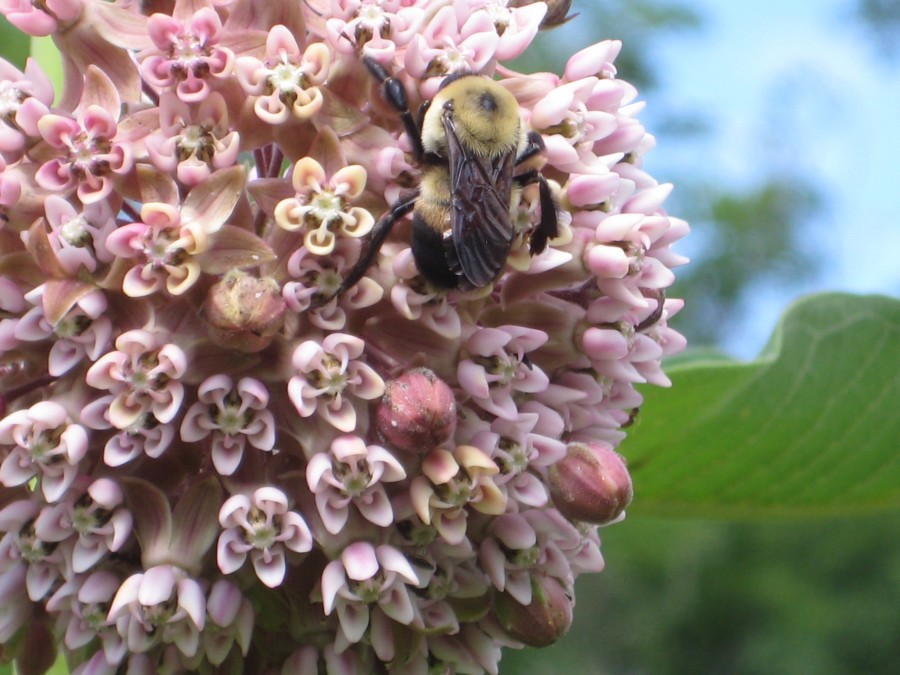
Spring brings fresh changes outside, making it the perfect time to look at phenology, the study of seasonal changes in nature.
You’ll need: A journal, a pencil, and a spot outdoors you can return to regularly
Optional extras: Art supplies to customize a journal, a weather app, and a field guide or nature identification app

Choose a nature spot you will return to regularly, maybe in your backyard or local park. Decide how often you will return. The more you visit, the more observations you can make.
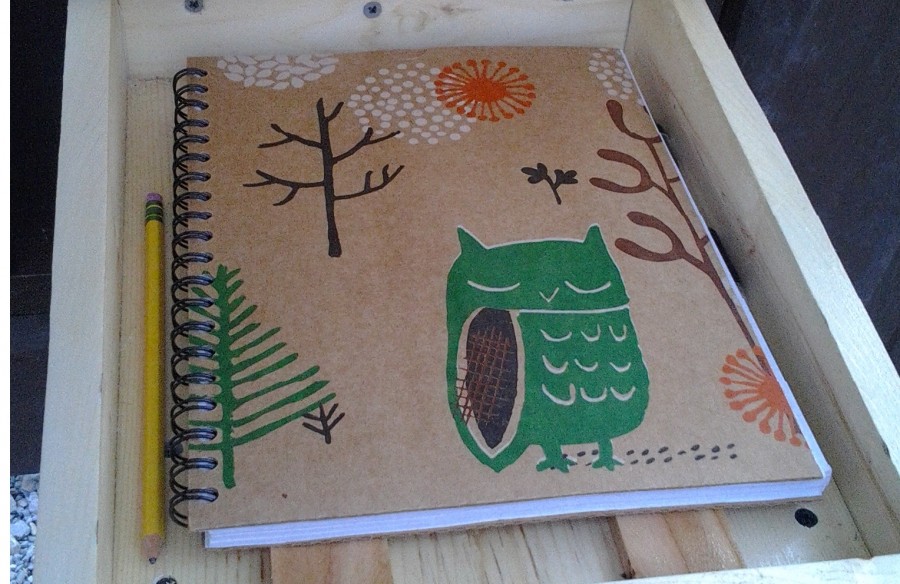
Prepare your journal. Get creative! You can decorate your journal or even make it yourself. If you plan to make sketches, you may prefer a journal with unlined pages.
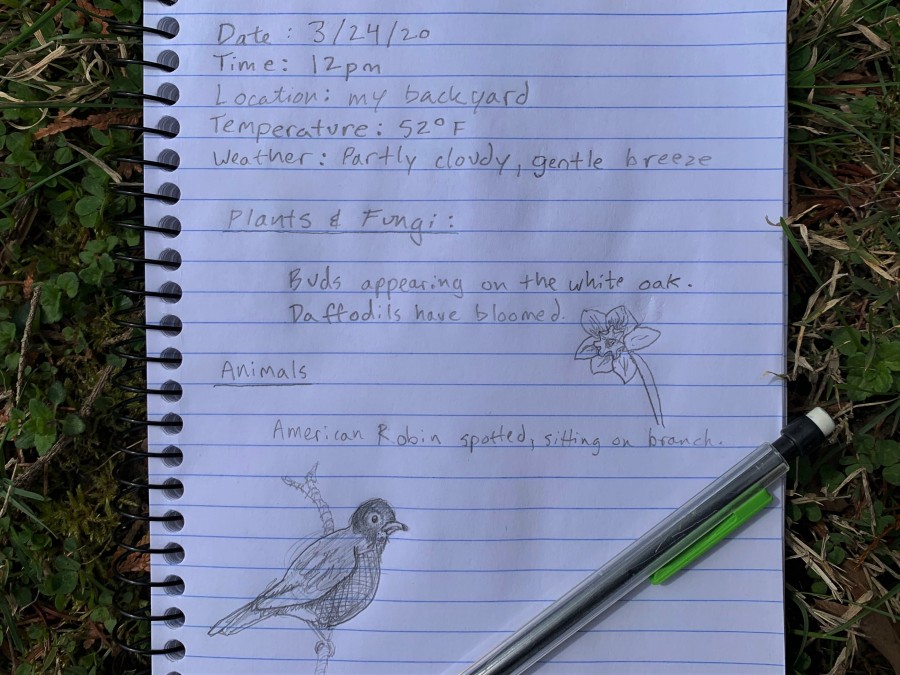
Go to your site, and record the date, time, location, temperature, and weather conditions. Focus on your senses and take your time. What do you see, hear, smell, and feel?
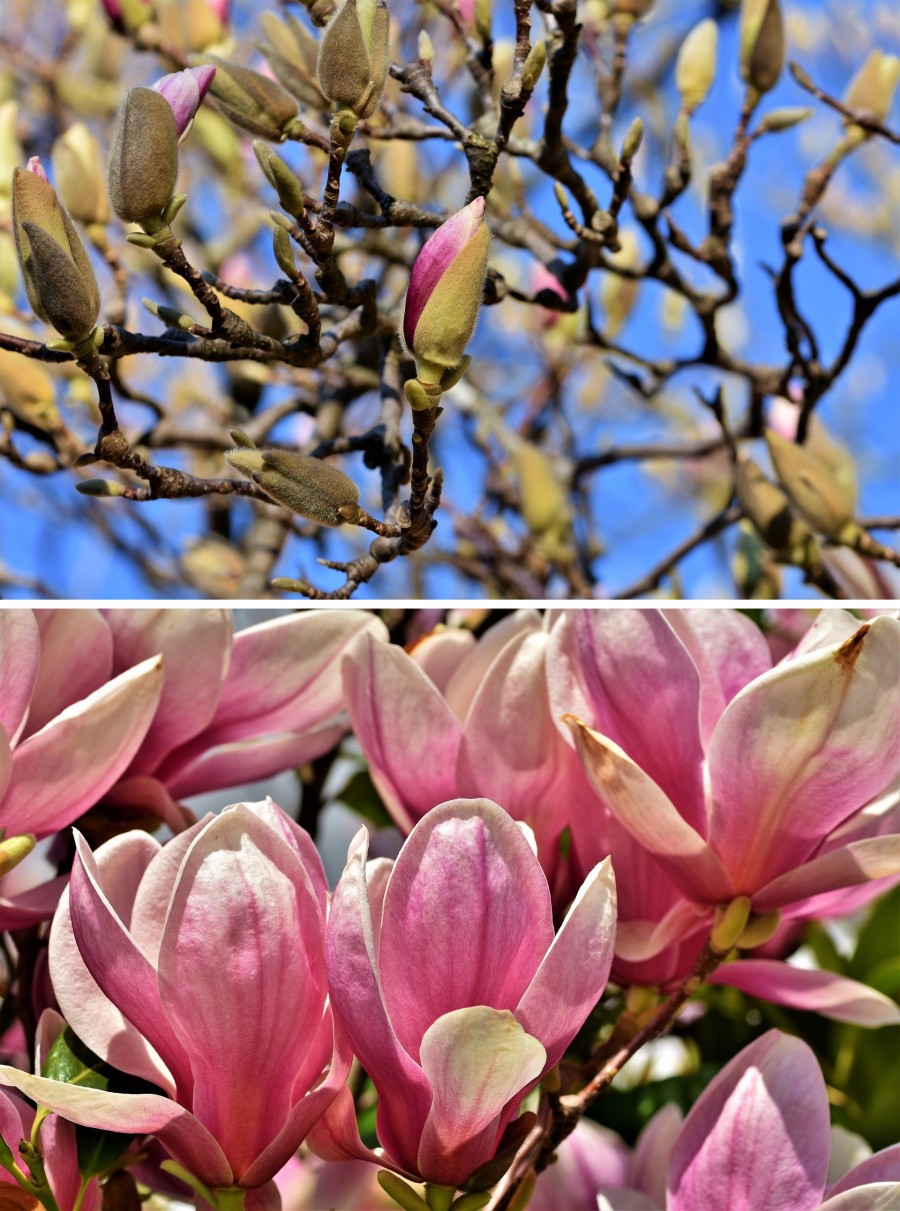
Consistency is key. On your first visit, select some plants you can find easily each time. Thoroughly record a description of each, or try sketching your observations! The more detailed your observations, the more changes you will notice over time.
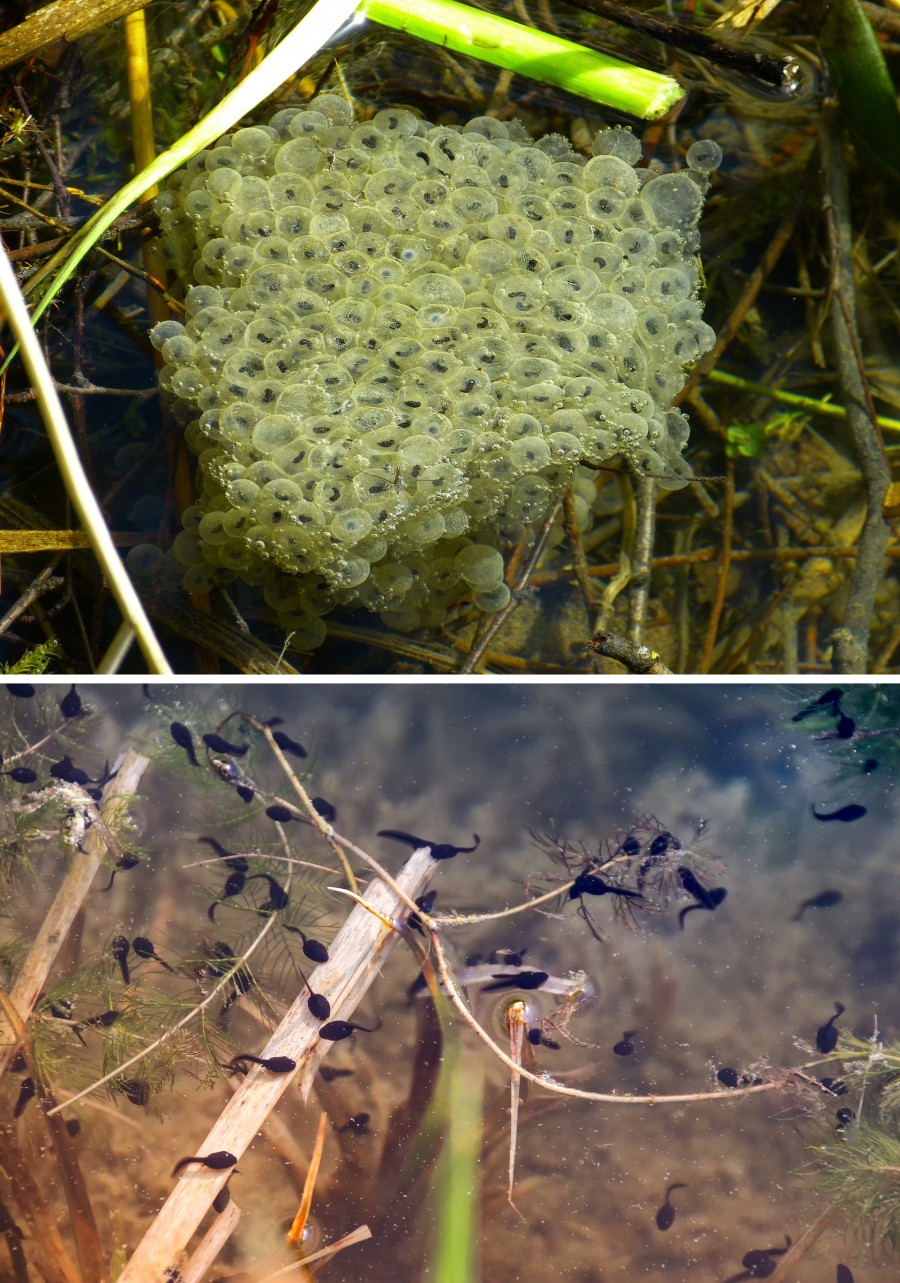
Return to your site regularly. Notice and record differences in the plants and animals. Observing at different times throughout the day will give you a better understanding of your site.
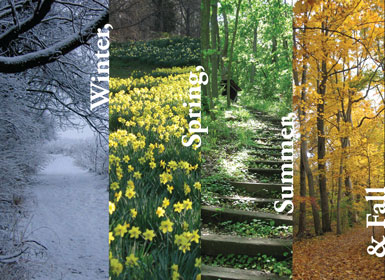
Spring and autumn have the most dramatic changes, but you can record in your journal all year long. The more you observe your site, the more you’ll notice even small changes throughout the year.
Phenology journaling helps improve observation skills, deepen appreciation for local nature, and track changes over time that could be significant for generations to come.
To further extend this activity:
Learn how to make your own nature journal here, or watch a nature sketching tutorial to inspire your drawings here.
You can also check out Nature’s Notebook here, a citizen science opportunity to record and submit your own observations to further phenological research.